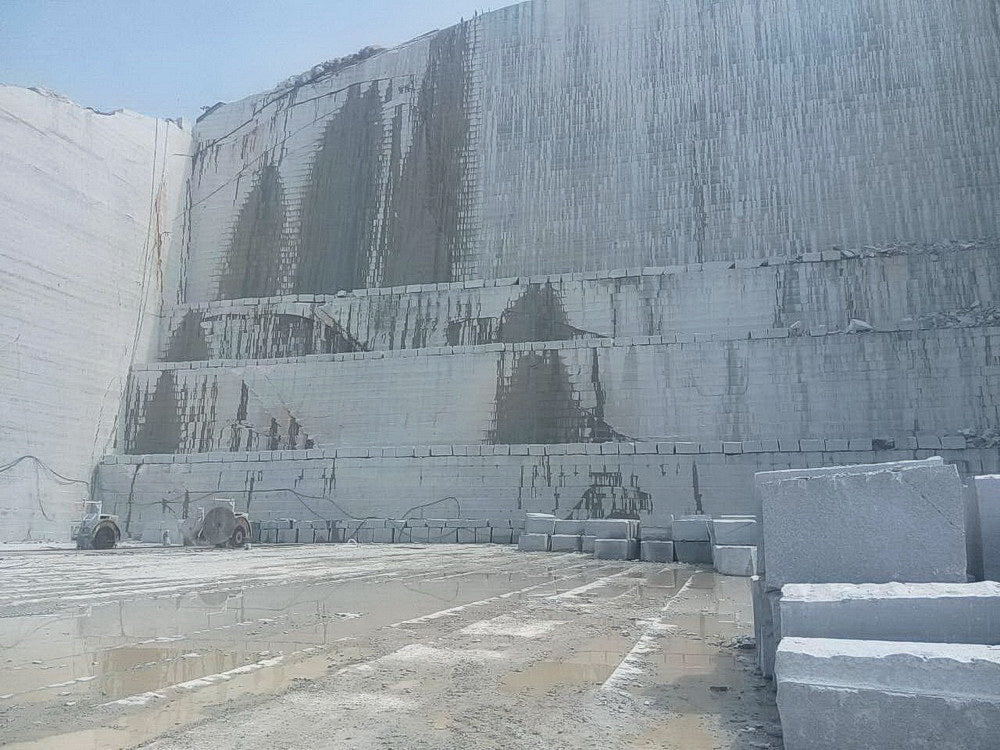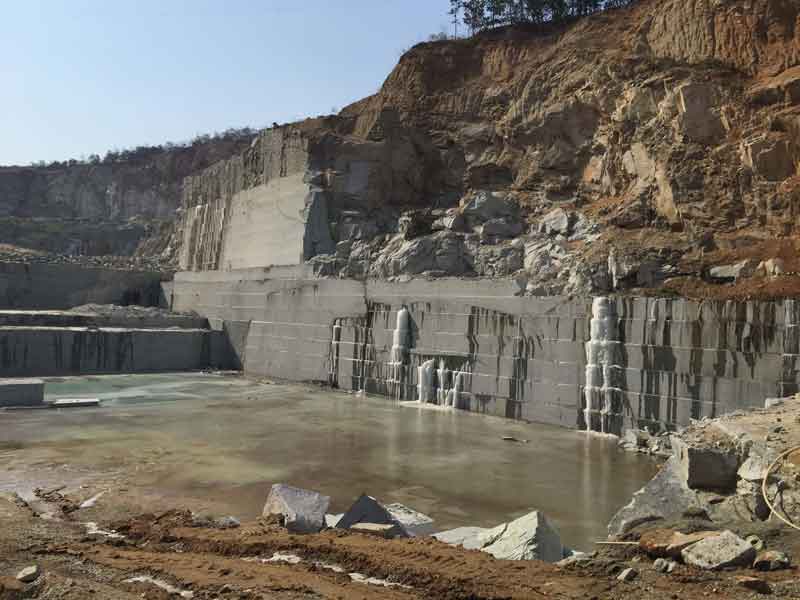Checking Out Granite Quarries in South Africa Industry: From Quarry to Masterpiece
Checking Out Granite Quarries in South Africa Industry: From Quarry to Masterpiece
Blog Article
Revealing the Mysteries of Granite Quarrying: Where Stamina and Style Meet
The world of granite quarrying is a world where the raw toughness of nature converges with human artistry to develop frameworks that stand the test of time with an air of elegance. From the midsts of quarries to the precise polishing in workshops, the process of changing granite into building marvels is a complicated dance of tradition and advancement. As we peer into the depths of this old craft, we begin to discover the concealed ins and outs that shape the extremely essence of our built atmosphere.
The Origins of Granite Quarrying
In the annals of building background, the beginnings of granite quarrying are shrouded in a tapestry of old craftsmanship and geological marvels. Dating back to old Egypt and Mesopotamia, the removal of granite from quarries noted the beginning of a trip that would ultimately result in the development of a few of the globe's most renowned frameworks.
Granite quarrying's roots can be traced to the knowledgeable artisans that identified the rock's resilience and aesthetic charm. Via a combination of primitive tools and large resolution, these early quarry workers uncovered granite blocks that would certainly come to be the structure blocks of civilizations.
As people evolved, so did the techniques of quarrying granite. The Romans, renowned for their engineering prowess, created advanced techniques for removing granite to build monoliths, temples, and roadways that stood the examination of time.
The tradition of these ancient quarrying methods remains to shape contemporary architecture, with granite staying an icon of toughness and beauty in construction tasks around the world. (granite quarries in south africa)
Tools of the Quarrying Profession
The development of granite quarrying techniques from ancient human beings to modern-day times highlights the important role played by the tools of the quarrying sell shaping the sector's methods. In old times, quarrying devices were rudimentary, usually being composed of blades, hammers, and wedges made from products like bronze or iron. These tools required significant workforce and time to essence granite blocks from quarries.

Furthermore, the intro of pneumatically-driven devices and high-powered equipment has significantly reduced the physical labor required in quarrying procedures, enhancing employee safety and security and performance. As the quarrying industry remains to innovate, the tools of the profession continue to be at the leading edge of driving progress and shaping the future of granite extraction.
Removing Blocks of Granite
Using precision equipment and advanced strategies, the click this extraction of look at this web-site granite blocks from quarries has come to be a sophisticated process in the modern quarrying market. The first action includes determining the place and dimension of the granite down payment to identify one of the most effective extraction technique. As soon as an appropriate site is chosen, the removal procedure begins with the boring of openings for the placement of explosives. Controlled blowing up techniques are then employed to break apart the granite into workable sections.

Sprucing Up and Ending Up Strategies
To accomplish a flawless surface on granite blocks, knowledgeable craftsmens use a collection of precise sprucing up and ending up methods. After the first extraction and forming processes, the granite blocks undertake an extensive polishing stage to boost their natural appeal and resilience. One typical approach made use of in polishing granite is ruby abrasion, where commercial diamonds are made use of to grind and polish the stone to a smooth coating. This procedure not just produces a glossy surface area yet likewise makes certain uniformity in shade and texture across the granite block.
In addition to sprucing up, finishing techniques are related to further fine-tune the granite's appearance. These methods may consist of flaming, developing, or brushing, each offering special structures and coatings to match different aesthetic preferences. Flaming, as an example, includes revealing the granite surface to high temperatures to develop a harsh, distinctive surface, perfect for outside applications where slip-resistance is crucial. Refining, on the other hand, provides a matte finish that is smooth to the touch, best for interior counter tops and flooring. By thoroughly picking and applying these polishing and finishing methods, craftsmens can change raw granite blocks into beautiful items that showcase both toughness and sophistication.

Ecological Effect and Sustainability
With the growing focus on environmental awareness in the industry, granite quarrying methods are increasingly inspected for their influence on natural deposits and lasting sustainability. Quarrying for granite can have significant ecological effects. The Check This Out extraction procedure frequently entails using hefty equipment, explosives, and big quantities of water, leading to habitat devastation, dirt erosion, and water contamination. In addition, the transportation of granite from quarries to processing centers creates carbon emissions, even more adding to ecological degradation. granite quarries in south africa.
To alleviate these influences and make certain sustainability in granite quarrying, market stakeholders are embracing numerous measures. Executing sophisticated modern technologies to reduce energy usage and water usage, reclaiming quarried land for eco-friendly restoration, and promoting responsible sourcing practices are some strategies being utilized. Moreover, qualifications such as the Woodland Stewardship Council (FSC) and the Leadership in Energy and Environmental Layout (LEED) assistance consumers recognize eco-friendly granite products.
Conclusion
To conclude, granite quarrying is a process that requires specialized devices and techniques to remove blocks of granite and brighten them to a high level of coating. While the ecological impact of quarrying can be substantial, efforts are being made to boost sustainability practices in the sector. Generally, granite quarrying is a delicate equilibrium between using the strength and style of this natural rock while reducing its influence on the atmosphere.
Report this page